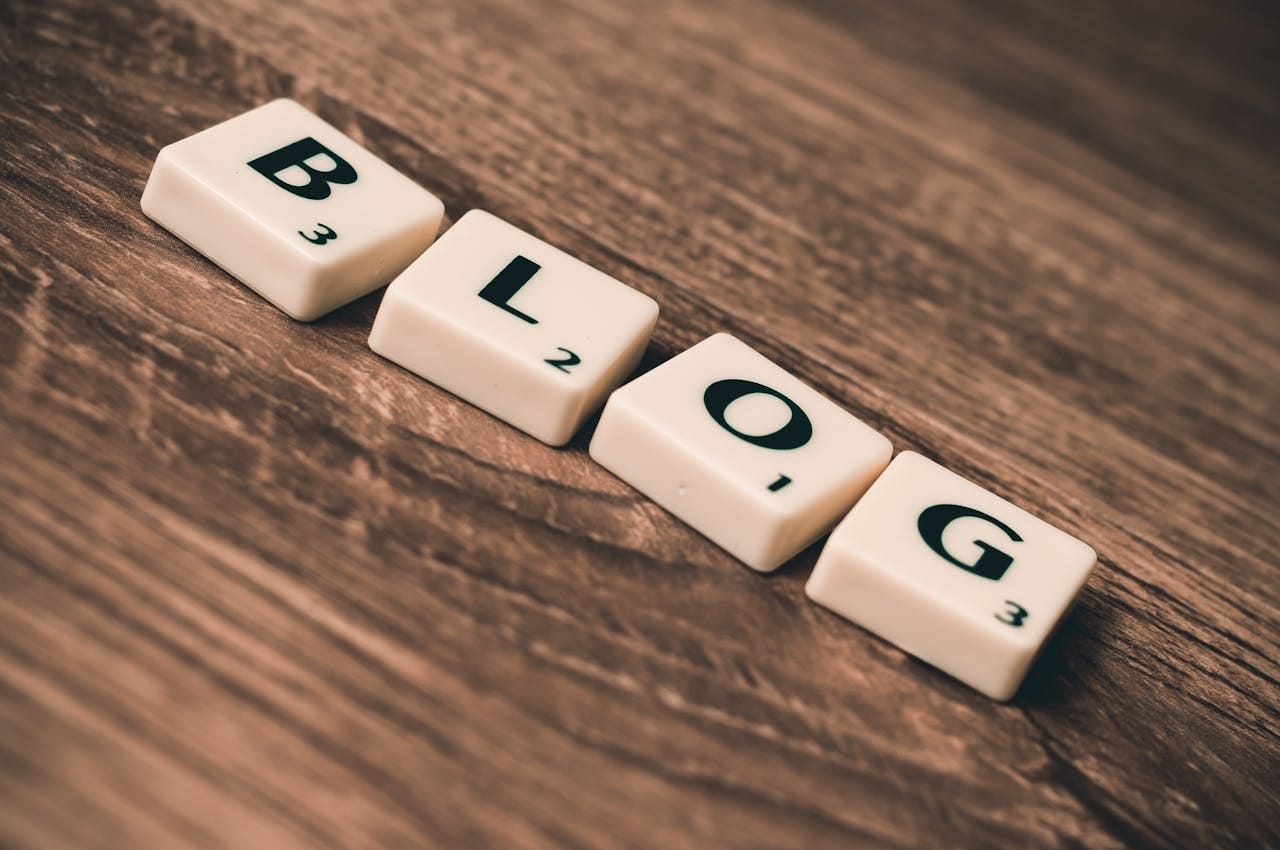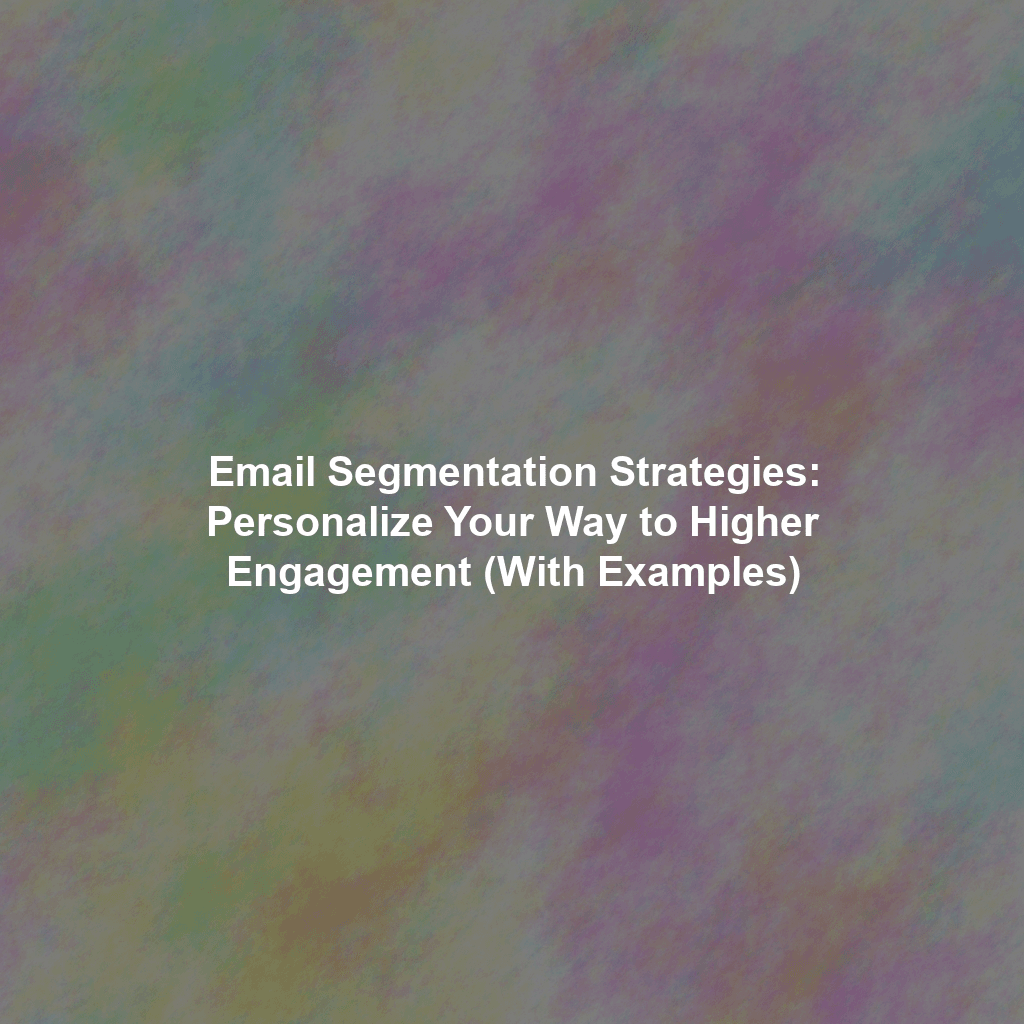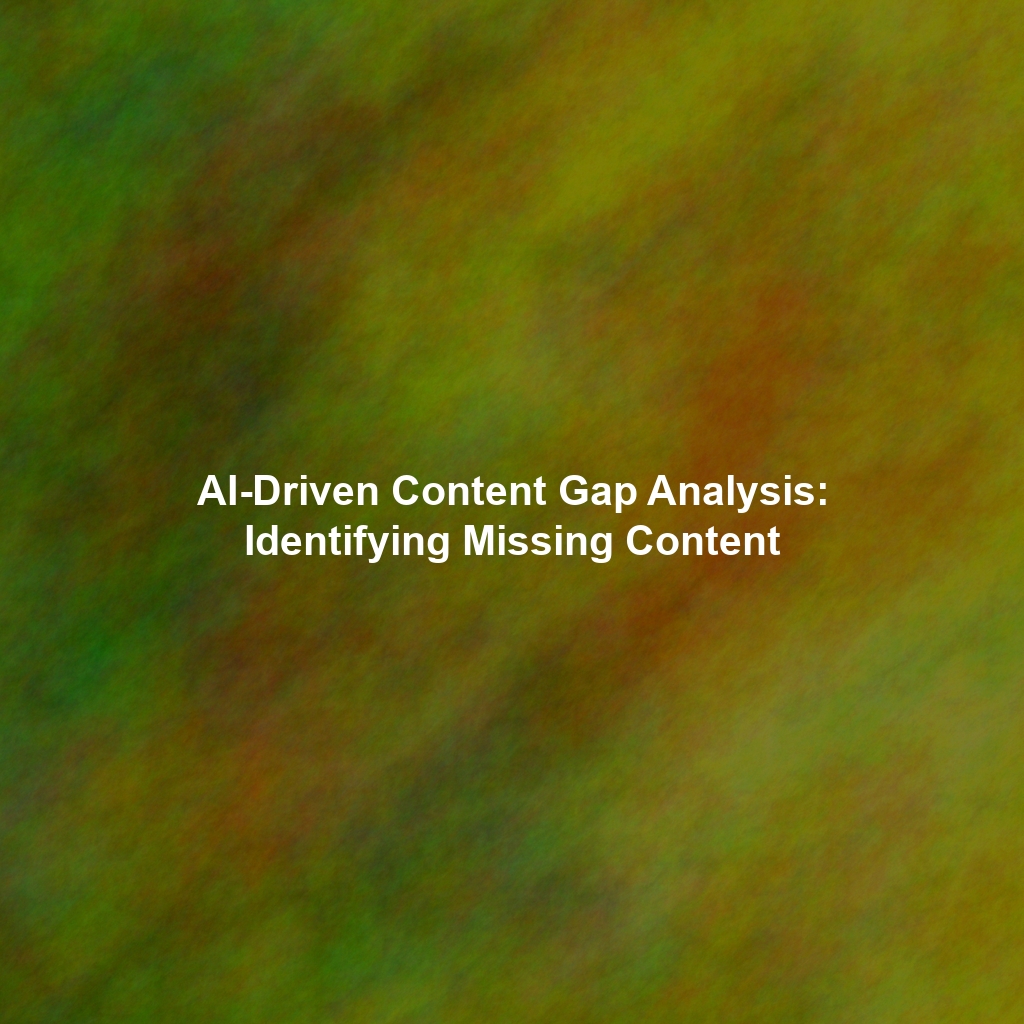In today’s competitive digital landscape, generic email blasts are a surefire way to land in the spam folder or, worse, be completely ignored. To truly connect with your audience and drive conversions, you need to embrace the power of email segmentation. It’s about moving beyond sending the same message to everyone and instead crafting personalized experiences tailored to specific groups of subscribers.
Why Email Segmentation is Crucial for Success
Imagine walking into a clothing store and being immediately offered items that perfectly match your style, size, and recent purchases. That’s the kind of personalized experience email segmentation aims to create. By dividing your email list into smaller, more targeted segments, you can send relevant and engaging content that resonates with each individual subscriber. This leads to:
- Increased Open Rates: Relevant emails are more likely to be opened.
- Higher Click-Through Rates: Targeted content encourages engagement.
- Improved Conversion Rates: Personalized offers drive sales.
- Reduced Unsubscribe Rates: Subscribers appreciate relevant communication.
- Stronger Customer Relationships: Personalization fosters loyalty.
Beyond the Basics: Advanced Segmentation Techniques
While basic demographic segmentation (age, location, gender) is a good starting point, true email marketing success lies in leveraging more sophisticated techniques:
Behavioral Segmentation: Actions Speak Louder Than Words
Behavioral segmentation focuses on how subscribers interact with your website and emails. This provides valuable insights into their interests and needs.
- Website Activity: Track pages visited, products viewed, and time spent on site. For example, someone browsing hiking boots on your website is a prime candidate for emails featuring outdoor gear and trail recommendations.
- Past Purchases: Segment based on what customers have bought previously. Send targeted emails promoting complementary products or offering exclusive discounts on similar items. A customer who bought a coffee maker might appreciate an email with a special on coffee beans or filters.
- Email Engagement: Analyze open rates, click-through rates, and email frequency preferences. Identify inactive subscribers and try re-engagement campaigns with special offers or surveys to understand their needs. Send more frequent emails to highly engaged subscribers.
- Lead Magnet Downloads: Segment based on which lead magnets a user has downloaded. Deliver targeted content that expands upon the topics covered in the lead magnet. For example, someone downloading an ebook on social media marketing might be interested in a webinar on the same subject.
Lifecycle Stage Segmentation: Meet Them Where They Are
Understanding where subscribers are in their customer journey is crucial for delivering the right message at the right time.
- New Subscribers: Send a welcome email introducing your brand and offering a discount on their first purchase.
- Active Customers: Offer loyalty rewards, exclusive previews, and personalized recommendations.
- Lapsed Customers: Win them back with special promotions, surveys to understand why they left, and reminders of the value you offer.
Psychographic Segmentation: Understanding the “Why”
Delving into your audience’s values, interests, and lifestyle can provide a deeper understanding of their motivations. This can be achieved through surveys, social media listening, and analyzing customer feedback. Tailor your messaging to align with their beliefs and aspirations.
Real-World Examples of Segmented Email Campaigns
Let’s illustrate these techniques with some practical examples:
- Example 1: E-commerce Store
- Segment: Customers who abandoned their shopping cart.
- Email: A friendly reminder about the items left in their cart, perhaps with a limited-time discount or free shipping offer.
- Example 2: SaaS Company
- Segment: Users who haven’t logged in for 30 days.
- Email: A personalized email highlighting new features or a case study showcasing how other users have benefited from the software.
- Example 3: Online Education Platform
- Segment: Students who completed a specific course.
- Email: Recommendations for related courses, advanced learning materials, or opportunities to join a community of learners.
Tools and Techniques for Successful Segmentation
Implementing effective email segmentation requires the right tools and a strategic approach:
- Email Marketing Platform: Choose a platform that offers robust segmentation features, automation capabilities, and integrations with your CRM and website. Popular options include Mailchimp, Klaviyo, Sendinblue, and ActiveCampaign.
- Data Collection and Analysis: Track website activity, purchase history, and email engagement metrics. Use analytics tools to identify patterns and trends that inform your segmentation strategy.
- CRM Integration: Integrate your email marketing platform with your CRM to access valuable customer data and create more personalized segments.
- A/B Testing: Experiment with different segmentation criteria and messaging to optimize your email campaigns. Test different subject lines, content, and offers to see what resonates best with each segment.
- Privacy Compliance: Always prioritize data privacy and comply with regulations like GDPR and CCPA. Obtain explicit consent before collecting and using personal data for segmentation.
Conclusion: Embrace Personalization for Email Marketing Success
Email segmentation is no longer a luxury; it’s a necessity for driving engagement, building customer loyalty, and achieving your marketing goals. By moving beyond generic email blasts and embracing personalized communication, you can create meaningful connections with your audience and unlock the full potential of your email marketing efforts. Start small, experiment with different segmentation techniques, and continuously analyze your results to refine your strategy. The rewards – increased engagement, higher conversion rates, and stronger customer relationships – are well worth the effort.
 Skip to content
Skip to content

